It’s easy to become enthralled by a concept trending on social media. We see the play work, and we want it in our offense. The correct question is not, “Should we put this in?” A better question is, “Does this fit the offense’s design of what we do?” That question regarding how you have designed the system and its flexibility to fit concepts into the existing framework has already been answered.
The ability to design a flexible and effective system is crucial for success. Karson Pike, an innovative coach known for his adaptive strategies, offered valuable insights into system design and adjustments in a recent episode of Coach and Coordinator Podcast. Today, we explore his perspectives, highlighting key concepts and practical applications for coaches aiming to enhance their offensive systems.
The Philosophy of System Design
A well-designed system is the backbone of any successful football offense. It provides structure, consistency, and a framework within which players can operate efficiently. Karson Pike emphasized the importance of clear and consistent terminology as a foundation for his system design.
Pike’s Approach to Play Presentation:
“We can get to the same landmarks, but why would we present it the same all the time? My kids worked it since day two of camp. Every semester he’s been here, let’s find ways, whether it’s through motion splits, whatever it is, inverting the concept to get to those same landmarks and defeat the coverage but not give that corner that same stimulus he’s got and repped hundreds and hundreds of times.”
Karson Pike
This underscores Pike’s belief in the power of variability within a consistent framework. Players develop a deep understanding of the system by maintaining consistent landmarks and objectives. However, by presenting these concepts in diverse ways, Pike keeps opponents off balance and enhances his team’s adaptability.
Organizing the Playbook
A key aspect of system design is organizing the playbook in a way that is both comprehensive and accessible to players. Pike advocates grouping plays into families or buckets to simplify learning.
Pike on Playbook Organization:
“What we did is put everything in a bucket… The beauty of that is even our pass game. All our Y-cross variations are going to be in this bucket, and all we did was change the front side. Any curl flat concept is going to be in this bucket. It was great, but the biggest benefits came when I walked into a game plan meeting with the QBs and said, ‘Hey, we’re putting in Nova,’ and the quarterback knew right away anything with space was going to be high-low related.”
By categorizing plays into buckets, Pike ensures that players can quickly grasp the underlying concepts and see the connections between different plays. This approach accelerates the learning process and allows for greater flexibility in game planning.
Adjusting to Personnel
No two teams are alike, and successful coaches must tailor their systems to the strengths and weaknesses of their players. Pike’s emphasis on adapting his playbook to fit his personnel is a testament to his understanding of this principle.
Pike on Personnel Adaptation:
“We have a pretty thick playbook, but the whole goal of spring ball for me is to get our five base runs in and get a ton of reps of it. Don’t be afraid to throw it away either. As we get through fall ball, really start to boil some of that stuff down. Who are we? What’s our top four personnels? What can those personnel groups handle and do successfully within the scheme we’re asking them to do?”
This adaptive approach ensures that the system is player-centric, maximizing the effectiveness of each individual’s skill set. By focusing on core concepts during spring ball and refining them based on personnel during fall ball, Pike creates a dynamic and responsive offensive system.
Practical Implementation
Implementing a flexible and adaptive system requires a blend of strategic planning and practical application. Pike stresses the importance of repetition and variation in practice to solidify players’ understanding and execution.
Grabowski on Practice Strategies:
“It’s not just about running plays over and over again; it’s about creating different scenarios and challenges for players to navigate. This builds their confidence and ability to adapt in real-game situations.”
Combining repetition with variation helps players internalize core concepts while preparing them for the unpredictability of actual games. This method fosters a deeper understanding and enhances players’ ability to adjust.
Karson Pike offered a wealth of knowledge on system design and adjustments. His emphasis on clear terminology, organized playbooks, and personnel adaptability provides a comprehensive framework for any offensive coordinator aiming to enhance his offensive systems. By incorporating these principles, coaches can create dynamic, flexible, and effective offensive strategies that keep opponents guessing and maximize their team’s potential.
Listen to the Episode on Coach and Coordinator Podcast.


